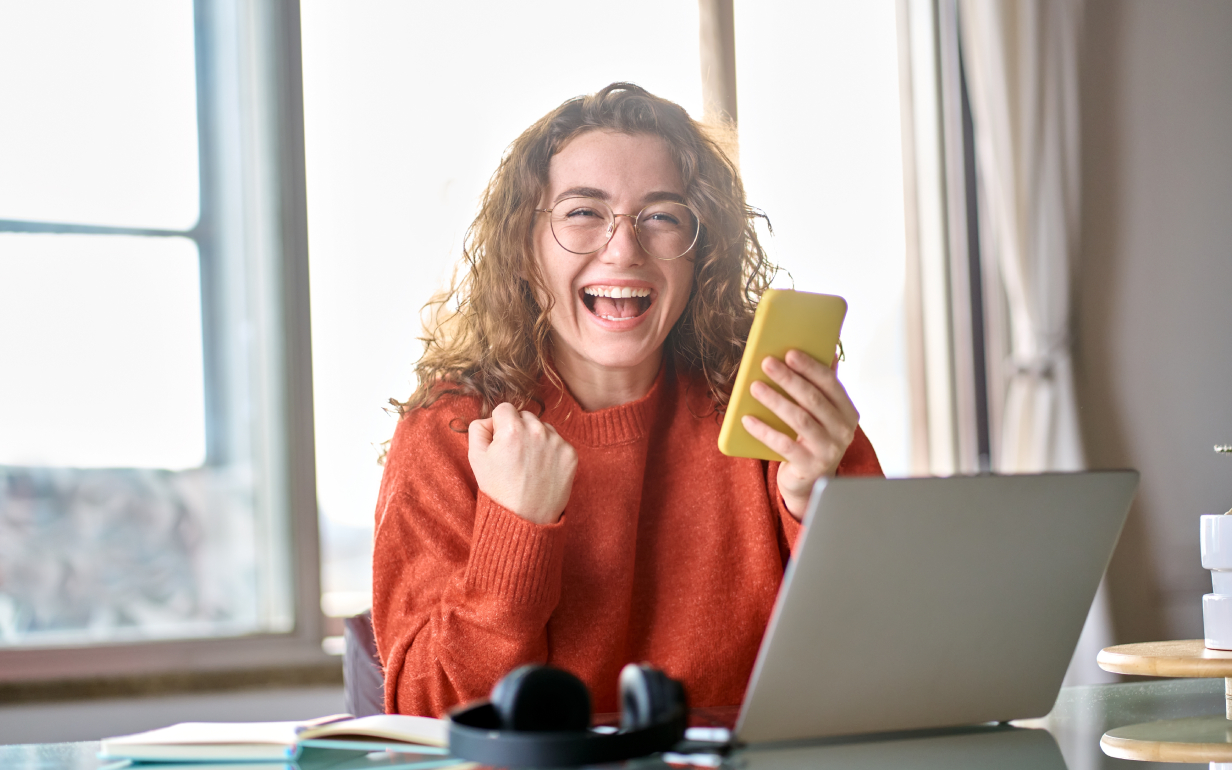Hello!
 Best practices are a set of guidelines that represent the best or most efficient way to do things in the industry. Adhering to these best practices improves companies’ opportunities to achieve lasting success for clients and to gain an edge over competitors.
Best practices are a set of guidelines that represent the best or most efficient way to do things in the industry. Adhering to these best practices improves companies’ opportunities to achieve lasting success for clients and to gain an edge over competitors.
In 2025, secure software development within the software development world is a top priority. The influx of software adoption, combined with the increase in cyberattacks over the past few years, has made what was once simply important into something absolutely crucial.
To achieve the highest level of secure software development, software developers need to know and abide by software development outsourcing company best practices. These best practices help ensure the security of the data that is used with the software, which in turn helps safeguard businesses and everyday citizens alike. Here are four best practices for secure software development.
1. Start With The Human Element
 When we think about secure software development, we think about a lot of very technical things. There is the coding, the code analysis and scanning, the authentication and encryption, and much more. We’ll get into all that below. But it’s important to remember that behind all that technical work are human beings.
When we think about secure software development, we think about a lot of very technical things. There is the coding, the code analysis and scanning, the authentication and encryption, and much more. We’ll get into all that below. But it’s important to remember that behind all that technical work are human beings.
Software developers and all employees related to the development process are only as good as the training they receive. This is especially true when it comes to secure software development. Any missed or overlooked factor–no matter how small–can create a software vulnerability that cybercriminals can exploit to gain access to the software.
To make sure that everyone is on the same page and that everyone understands the goals and best practices around secure software development, proper, comprehensive, and regular training is required.
This training starts immediately with the onboarding process when someone is hired. They need to be set up for success and fully trained on all the expectations around secure software development. It certainly doesn’t end after an employee is up and running though.
 Continuous training is key to secure software development because the threats are always changing. Because of this, the training around best practices must always develop too. Legacy employee training should be done, at minimum, annually, and even more often as threats dictate. This will create a firm foundation of training for developers to build secure software on.
Continuous training is key to secure software development because the threats are always changing. Because of this, the training around best practices must always develop too. Legacy employee training should be done, at minimum, annually, and even more often as threats dictate. This will create a firm foundation of training for developers to build secure software on.
2. Test, Test Again, Then Test Some More
Once your team is properly trained around secure software development, its members can create the code that will become the software product. Once the team has completed the coding for the product, the next step towards secure software development comes from an extremely robust testing phase. This can weed out any vulnerabilities in the source code that hackers may exploit.
As Liventus notes in their secure software development guide, there are a variety of tools available for testing code. For Static Application Security Testing (SAST), one of the first tests developers should run, specific companies can provide testing tools so that developers don’t have to go about the tedious task of reviewing each line of code themselves. Companies like Veracode and Checkmarx specialize in this type of testing.
Other tools help with dynamic code scanning. These Dynamic Application Security Tools (DAST) look at the code while it is running, as opposed to when it is not running (or static) like SAST. These tools replicate some of the tricks that hackers might employ to see if they can crash the system. Finally, there are also Interactive Security Testing Security tools (IAST) that combine the functionality of SAST and DAST.
3. Invite Hackers In
 It may seem counterintuitive for the developers tasked with developing secure software to invite hackers to attack their product, but it is actually common practice in the software development world. There are a whole class of software development outsourcing company related agencies that offer Ethical or White Hat hacking services to software developers.
It may seem counterintuitive for the developers tasked with developing secure software to invite hackers to attack their product, but it is actually common practice in the software development world. There are a whole class of software development outsourcing company related agencies that offer Ethical or White Hat hacking services to software developers.
Software companies hire these law-abiding hackers because they have all the skills that cybercriminals have and know all the tricks of the trade. They are brought in at the end of the testing phase to perform what is called penetration testing. This is where they attack the software, in all the clever and sneaky ways a real hacker would, to see where it may be vulnerable.
Once the White Hat hackers run their pentest, and either gain access to the data within the software or are unable to, they can report to the development team where the software performed well and where there may still be issues. Pentest software will be much better prepared to face real-world challenges than software that isn’t “hacked” in advance of its release.
4. Do Everything You Can To Protect PII
 One of the most important goals of secure software development is to protect Personally Identifiable Information (PII). This information, which can include social security numbers, addresses, credit card info, health data, and more, is exactly what cybercriminals are after, and securing it is paramount.
One of the most important goals of secure software development is to protect Personally Identifiable Information (PII). This information, which can include social security numbers, addresses, credit card info, health data, and more, is exactly what cybercriminals are after, and securing it is paramount.
The best way to do this is to ensure that the person using the software is who they say they are and ensure they are allowed to have access to the software or a given piece of the software. In the past, two-factor authentication was the best way to do this. This authentication process means that users must provide a user name and password (two factors) to gain access to the system. In 2023, this is too unsophisticated for software that deals with PII.
 Today, Multi-factor Authentication (MFA) keeps software and data security. This process may keep the user name and password system intact but also requires other factors to authenticate a user.
Today, Multi-factor Authentication (MFA) keeps software and data security. This process may keep the user name and password system intact but also requires other factors to authenticate a user.
These factors generally include a single-use, time-sensitive password sent to another known device of the authorized user.
This makes it much harder for a hacker to gain access to software unless they are physically or remotely in control of a user’s mobile device as well as their username and password.
Also read:
- AI Therapy Breakthrough: Chatbot Therabot Matches Human Psychologists in Groundbreaking Trial
- Why do people believe in ghosts?
- 7 Best Speech to Text Apps for Professionals
Conclusion
Secure software development is the name of the game in 2025. By following the best practices above, developers will be more likely to succeed at this goal. Employee training, testing with the right tools, ethical hacking, and multi-factor authentication are four of the ways they can do this.
Thank you!
Join us on social media!
See you!






